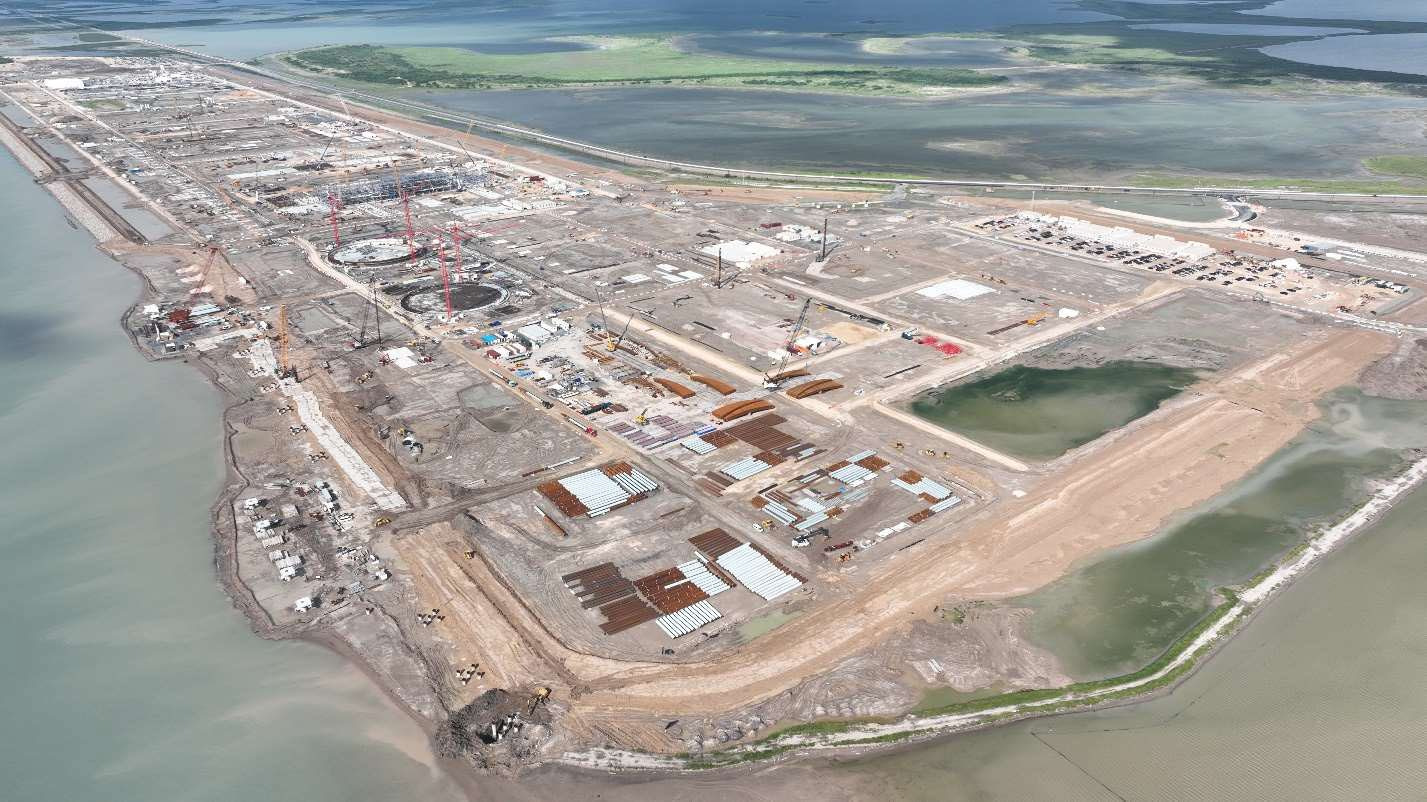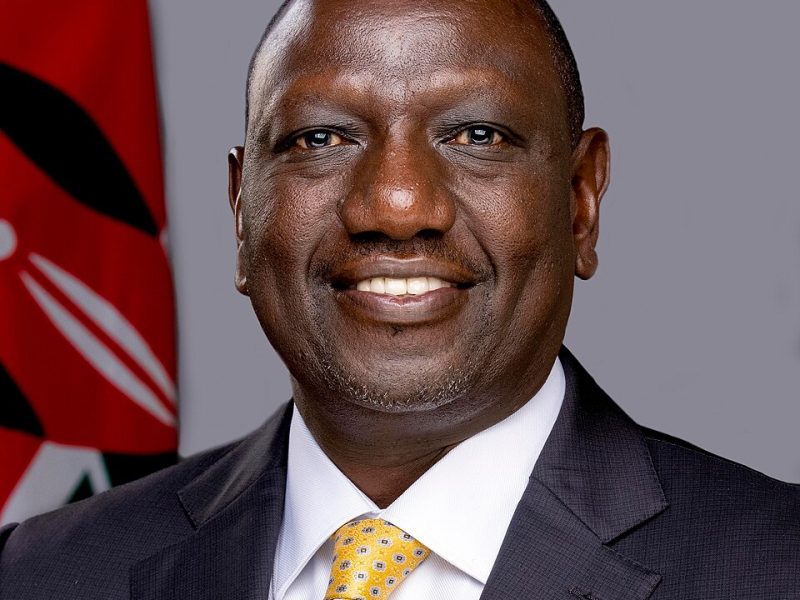As Tanzania gears up for the 2025 elections, the ruling Chama Cha Mapinduzi (CCM) party has placed the LNG project front and center in its campaign manifesto. The move has sparked renewed discussions among economists, energy analysts, and investors alike. With the long-awaited liquefied natural gas (LNG) project still on hold, experts are now urging decisive action—warning that delays could cost the country more than just time.
A Long-Awaited Pledge
CCM’s explicit commitment to the LNG project in its 2025 manifesto has been received with cautious optimism. The project, estimated at over $40 billion, involves a partnership between the Tanzanian government and major players like Shell and Equinor. For over a decade, negotiations and regulatory hurdles have kept progress at bay. But with the manifesto promising prioritization, many hope the gears will finally start turning.
Why Economists Are Pushing for Speed
Economists argue that Tanzania is at a critical juncture. Global demand for cleaner energy is growing, and Africa’s natural gas reserves are increasingly seen as a strategic asset. “This is not just a resource story; it’s an opportunity cost issue,” said one Dar es Salaam-based analyst. “Every year of delay makes Tanzania less competitive in the global LNG market.”
Tanzania stands to gain significant foreign direct investment, infrastructure development, and job creation if the LNG project advances. But timing is key. As Mozambique and other regional players move ahead with their own LNG strategies, Tanzania risks falling behind.
Policy Clarity Still Lacking
While the manifesto pledge is a strong signal of intent, economists caution that intent alone isn’t policy. Investors need clear legal frameworks, timelines, and coordination between government ministries. Without these, the pledge could ring hollow.
“Manifestos are not contracts,” warned one economist. “We need to see concrete regulatory action and fast-tracked approvals. Otherwise, it’s business as usual.”
What Happens Next?
The pressure is now on the government to turn political will into real-world outcomes. Industry stakeholders are watching closely for any signs of regulatory movement or stakeholder consultations. With elections approaching, the window for action is tight—but not closed.
Conclusion
The LNG project has been in limbo for too long. CCM’s commitment in its 2025 manifesto is a step in the right direction, but without swift and structured follow-through, the opportunity could slip through Tanzania’s fingers. Economists have made it clear: now is the time to act.



